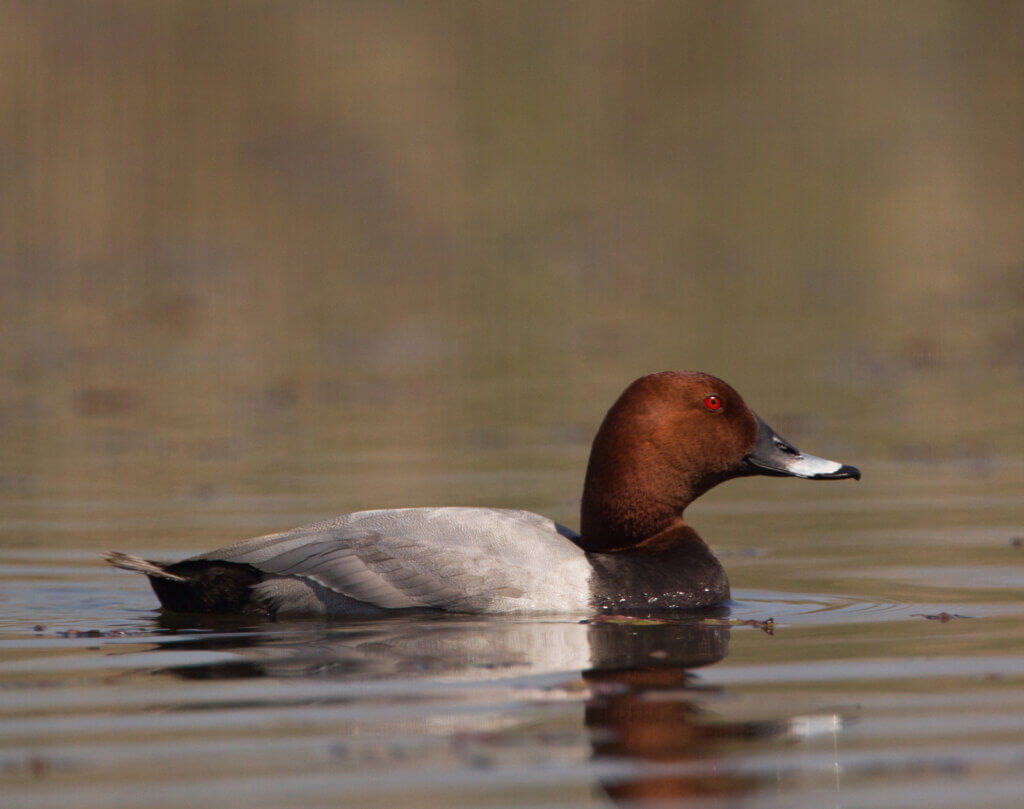
Data collected by volunteers as part of the Wetland Bird Survey, and published in a report today, play a crucial role in the designation of protected wetland sites in Great Britain and Northern Ireland, and underline their importance in helping to conserve our waterbirds.
Many of the UK’s wetlands are given protected status as a result of the number of ducks, geese, swans and waders that use these sites during the winter. Once a month, a network of volunteers go out to wetlands across the length and breadth of the country to count the waterbirds present as part of the long-running Wetland Bird Survey (WeBS). Data have been collected for over 70 years, providing vital information on which sites are the most important for waterbirds, leading to their designation as protected sites. WeBS counts also capture notable changes in the numbers of waterbirds present, flagging-up issues that may require further investigation.
Today’s WeBS report sets out evidence that more than a third of the waterbird species that use our most important and protected wetlands have declined by 25% or more. Some of these declines are because of large-scale changes in global waterbird distributions due to climate change; others may be due to local problems at individual sites.
Several declining ducks and waders, such as Scaup, Goldeneye and Purple Sandpiper, are becoming increasingly reliant on protected sites. One species, the Pochard, Red-listed under both the UK Birds of Conservation Concern and IUCN Global Red List, clearly demonstrates the immense value of these protected areas. Whilst overall winter numbers in the UK are half what they used to be, numbers at protected sites have declined at a comparatively slower rate. In Northern Ireland, virtually no Pochard now occur outside these protected areas.
The latest figures highlight the importance of long-term monitoring, not only for keeping an eye on our wintering waterbirds but also on the sites that they use. It is this long-term monitoring that helps to future-proof our protected area network for waterbirds as the climate continues to change.
Teresa Frost, WeBS National Organiser at British Trust for Ornithology (BTO), said “WeBS results from the mild, dry winter of 2018/19 showed evidence for some migratory waterbirds spending less time here. Wigeon, for example, had lower numbers than usual in autumn and spring – perhaps because they were able to spend more of the period closer to their breeding grounds, with mild conditions on the Continent. For other species, declines in winter counts here are related to pressures from climate change, habitat loss and other pressures in their breeding and wintering areas. It’s essential that we keep monitoring, both here and in other countries, and combine this information with other scientific studies, so we can build the picture of which species, such as Curlew and Pochard, are most in need of international conservation effort.”.
Anna Robinson, Monitoring Ecologist at the Joint Nature Conservation Committee (JNCC), said, “Having a long term dataset such as WeBS is of immense value in helping us understand the big picture of biodiversity trends, areas that are important for wildlife, and how designated protected sites can help. Without so many dedicated volunteers going out and counting the birds that use these sites, the picture would be much poorer.”.
Simon Wotton, Senior Conservation Scientist at the Royal Society for the Protection of Birds (RSPB), said “This report highlights the importance of excellent, long-term, monitoring. Many of the sites surveyed under WeBS are of international importance and designated as Special Protection Areas, currently under EU law. These data help us ensure that these important habitats for wildlife remain protected.”.
To view the full report, please visit: www.bto.org/webs-annual-report
ENDS
[registration_form]